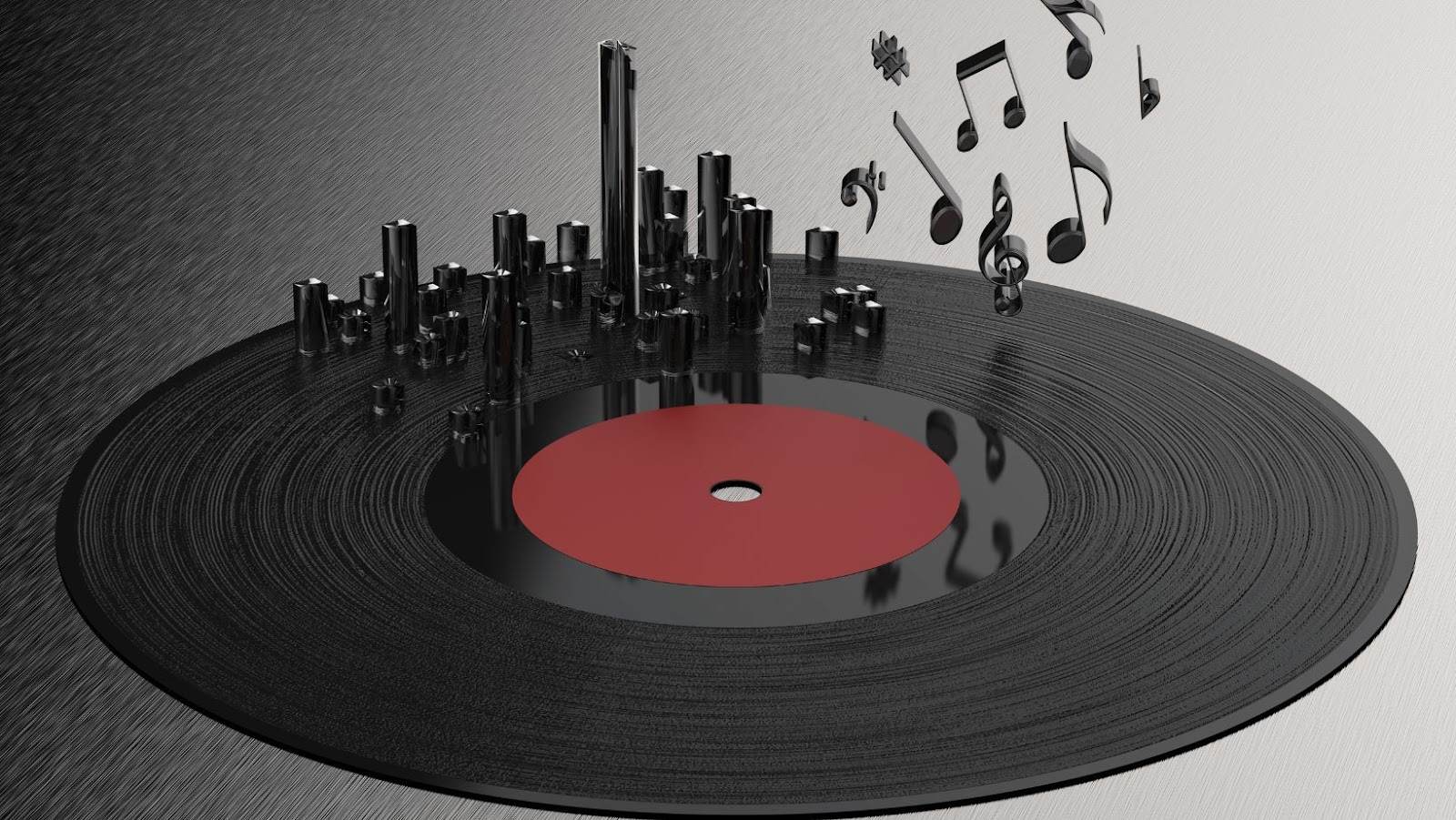Dive with me into the vibrant, pulsating depths of underground music genres. This isn’t about your mainstream pop or rock; we’re exploring the hidden gems, the musical movements that thrive beneath the surface, away from the spotlight.
From the gritty rawness of garage punk to the hypnotic rhythms of psybient, these genres are as diverse as they are captivating. They’re the unsung heroes of the music world, often overlooked, yet brimming with talent and innovation.
So, strap in and let’s embark on this sonic journey together. You’re about to discover sounds you never knew existed, rhythms that’ll make your heart race, and melodies that’ll echo in your soul. It’s a wild ride, but one well worth taking.
Underground Music Genres
Embarking on a journey through the underworld of underground music genres unlocks unexpected, captivating experiences. In this section, we’ll dive into two prominent underground genres: Indie music and Hardcore Punk.
 Exploring Indie Music
Exploring Indie Music
Independent, or ‘Indie’, music breaks from commercial obligations, opening doors to raw creativity. Rising from the late 1970s, Indie carved itself a niche on the side lines of mainstream music. It nourishes unique soundscapes, shirking formulaic scripts to bear individualistic sounds. Bands such as The Smiths (1980s) and Arctic Monkeys (2000s) exemplify Indie’s capability to echo changing attitudes of its era.
The Rise of Hardcore Punk in Underground Music
Hardcore Punk, or simply ‘Hardcore’, grew its roots in the late 1970s, roaring in the face of societal norms. With bands like Black Flag and Bad Brains at the helm, Hardcore Punk intensified the aggression and speed of traditional punk, adding a layer of social and political commentary. This genre sparked a flame that spread across the US and even reached the UK, influencing numerous subgenres and defining a generation.
Hidden Realities of Underground Music Genres
The underground underground music genres scene’s captivating allure stems from its daring innovation and diversity, offering a raw, honest sound away from the limelight. Let’s uncover some lesser-known aspects of these music genres, particularly their influence on mainstream genres and economic hurdles faced by numerous talents in this scene.
Influence on Mainstream Music
Underground music genres, though under the radar, wields considerable influence on its mainstream counterparts. Experimental sounds and novel approaches that originate in the underground spheres often inspire popular artists, propelling change in music trends. For instance, the gritty guitar tones of garage punk found their way into mainstream rock, enhancing the genre’s raw appeal. Equally, the rich ambient textures of psybient have influenced numerous electronic and synth-pop musicians, broadening their sonic horizons.
Economic Challenges Faced by Artists
Despite the cultural value and creative force of underground music, artists often face significant economic challenges. The poverty of celebrity that comes with this territory is undeniable. Without the backing of major record labels, these musicians bank on independent methods to produce, distribute, and promote their music.
Deep Dive into Specific Underground Music Genres
As we venture further into the labyrinth of underground music genres, let’s uncover the allure of Goth Rock, the transformation ushered by Post Punk, and the novel emergence of Psychedelic Folk Music.
Unveiling the Culture of Goth Rock
Emerging in the late 1970s, Goth Rock encompassed a sound and style that was a stark departure from typical rock culture. Inspired by the morose aesthetic of Gothic literature, this genre flooded the music scene with atmospheric soundscapes, minor keys, and a palpable sense of melancholy. Iconic bands like Bauhaus, Siouxsie and the Banshees, and The Cure have championed this genre, their music often exploring themes of existentialism and romance via a lens of darkness.
The Revolutionary Impact of Post Punk
A defining moment in the history of underground underground music genres was the arrival of Post Punk. Progressing beyond the raw and frantic energy of Punk, Post Punk aimed to infuse more complexity and diversity into its sound. This genre encouraged experimentation, bringing about a revolutionary variation in Punk’s formulaic structure. The late 1970s and early ’80s saw the rise of influential acts such as Joy Division, Talking Heads, and Gang of Four, who blurred the boundaries between Punk and other genres.